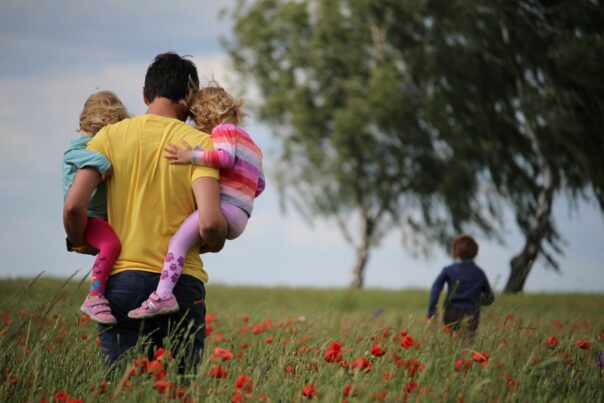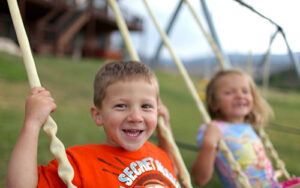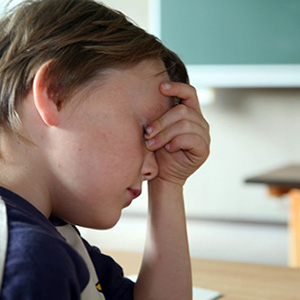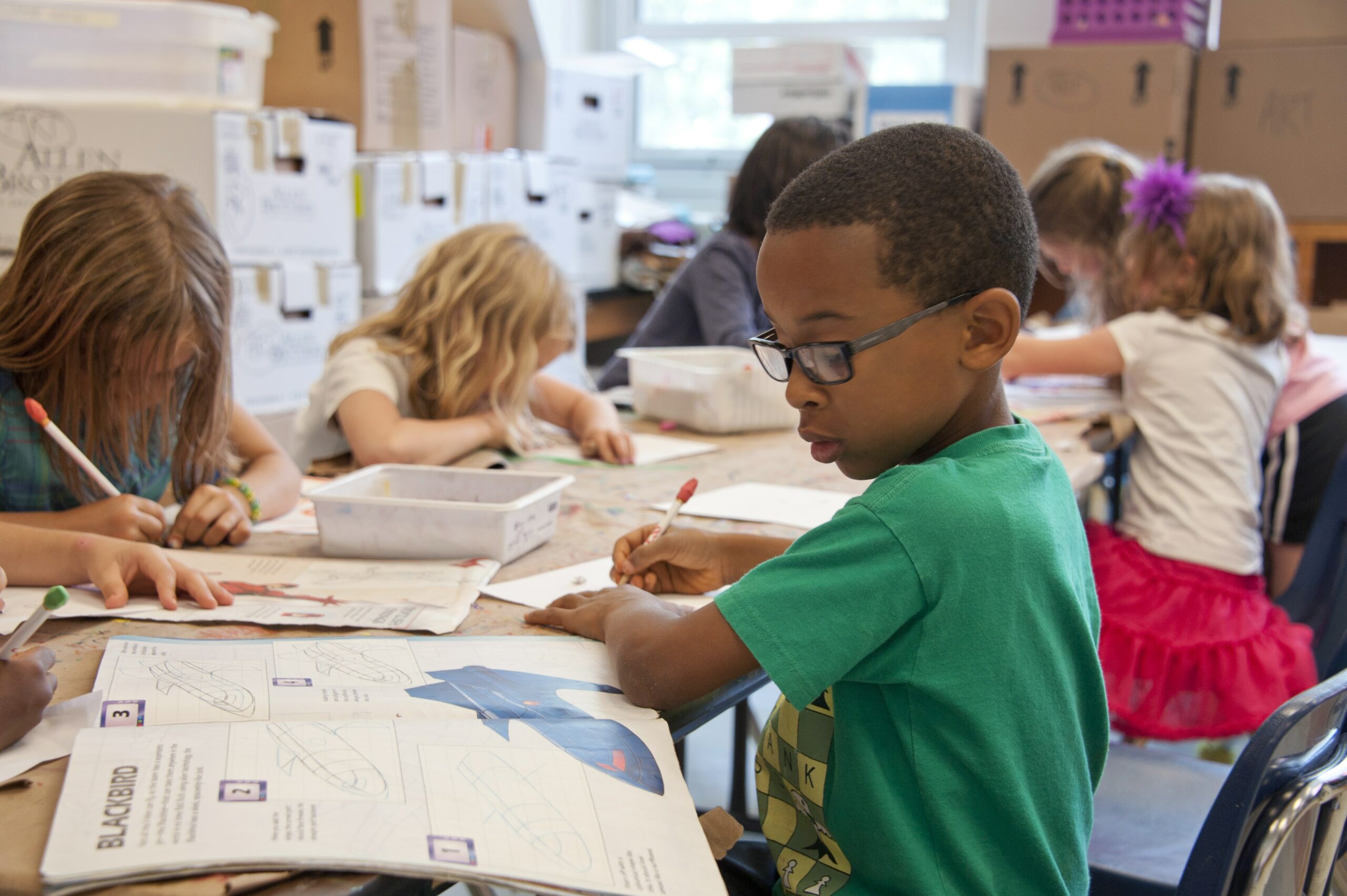
Blog
Every Tear Matters: Practical Ways to Help Kids Find Strength In Grief
Grief is a heavy emotion, and when kids experience it, it could make their life more challenging. As adults who love and care for them,

Grief is a heavy emotion, and when kids experience it, it could make their life more challenging. As adults who love and care for them,



The Imagine Project, Inc. is a 501c3 organization, we appreciate your continued support helping ki

Join our community to get the latest tips, exclusive offers, and updates straight to your inbox. Don’t miss out—subscribe now and be the first to know!